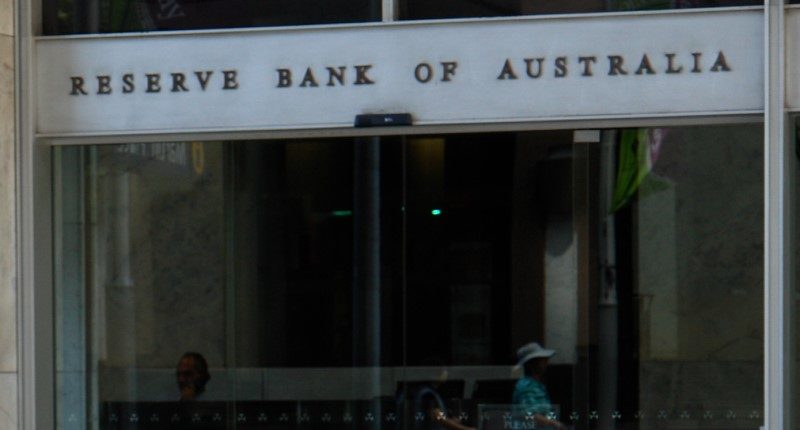- The Reserve Bank of Australia has kept interest rates unchanged
- Interest rates look set to remain at historically low levels
- RBA Governor Philip Lowe noted an "improved" global outlook
At its first monthly meeting of 2021, the Reserve Bank of Australia (RBA) decided to leave their central cash rate at the historically low level of 0.1%.
The last time interest rates were changed was in November 2020, when it was reduced from 0.25%, the previous historical low. The rate has been below 1% since October 2019, and it has not been above 2% since April 2015. It was last above 5% just before the global financial crisis in November 2008.

Australia has become accustomed to low interest rates, and it looks like this trend is set to continue.
In today’s announcement, the RBA noted that although the global economy was in a better position, the outlook was still uncertain.
“The outlook for the global economy has improved over recent months due to the development of vaccines,” said the announcement.
“While the path ahead is likely to remain bumpy and uneven, there are better prospects for a sustained recovery than there were a few months ago. That recovery, however, remains dependent on the health situation and on significant fiscal and monetary support. Inflation remains low and below central bank targets.”
The RBA noted that Australia’s economic recovery was “well under way” and had been “stronger than earlier expected” with a “welcome decline” in unemployment.
Good economic news
Most of the statement emphasised good news for the Australian economy:
- Unemployment declined to 6.6%, set to fall to 5.5%
- Retail spending is strong
- Many households that had deferred loan repayments are now paying them
- Recovery is set to continue: GDP growth 3.5% in both 2021 and 2022
- Inflation is low, with prices rising 0.9% in year to December 2020
- Wage inflation also low
Some of the possible “bumps” along the road include disappointing news with the vaccines and virus containment, plus the easing of government pandemic support. However, the RBA noted that events could go better than expected, with resultant boosts to consumer spending and investment.
With property prices looking set to rise all across the country, the continued very low interest rates will help fuel the market. Lower interest rates mean that borrowing money is cheaper, providing more spending opportunities for property buyers.
Time will tell as to when the RBA may have tighten its monetary stance, and see interest rates lift again. However, in their statement today, they declared that they would not be doing this until the actual inflation rate was “sustainably within the 2 to 3 per cent target range.”
For now, historically low interest rates look set to continue.
~~
Before investing in any asset, please do your own independent research, taking into account your own personal financial situation. This article does not purport to provide financial advice. See our Terms of Use.





